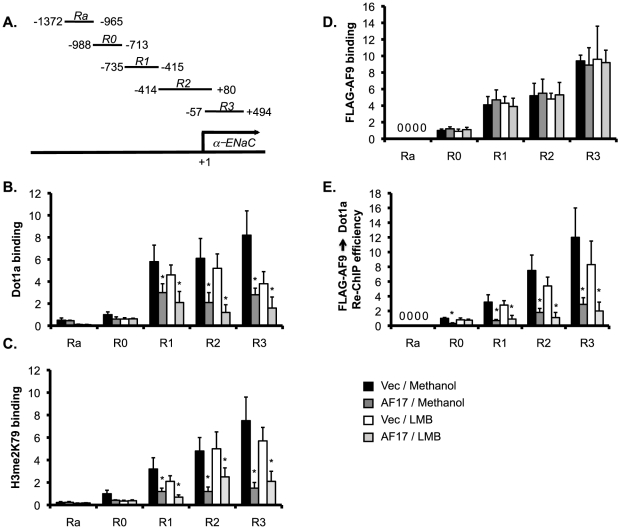Figure 3. AF17 impairs Dot1a-AF9 interaction and H3 K79 methylation at the αENaC promoter in M-1 cells. A.
Diagram of the αENaC promoter [17]. B-E. Chromatin immunoprecipitation (ChIP) and sequential ChIP (Re-ChIP) assays demonstrating that overexpression of AF17 differentially affected the abundance of Dot1a (B), H3 dimethylated K79 (H3 me2K79) (C), FLAG-AF9 (D), and FLAG-AF9 interaction with Dot1a (E) at the αENaC promoter. M-1 cells were transiently transfected with pFLAG-AF9 along with pcDNA3.1 (Vec) or pcDNA-AF17 (AF17). 6 h later, the cells were treated with vehicle or LMB (10 nM) for an additional 16 h. Chromatin was immunoprecipitated by the antibodies as indicated, followed by real-time qPCR with primers amplifying Ra and R0-R3 subregions of the αENaC promoter as shown in A. For Re-ChIP, chromatin was sequentially immunoprecipitated with anti-FLAG and anti-Dot1a antibodies. Relative ChIP or Re-ChIP efficiency was defined as the (re-) immunoprecipitated amount of materials present as compared to that of the initial input sample, and set to 1 in R0 from the Vec-transfected cells treated with vehicle, and was calculated accordingly for all other samples. *: P<0.05 vs. Vec within the same subregion for the same treatment. n = 3–4 for all panels.

